Introduction

A national bird represents a country, embodying its culture, history, and sometimes religion. It serves as a symbol of identity and promotes conservation efforts. Pakistan, officially known as the Islamic Republic of Pakistan, is located in South Asia. It gained independence from British colonial rule in 1947 and has a rich cultural heritage influenced by civilizations like the Indus Valley Civilization, the Persian Empire, and the Mughal Empire. Pakistan boasts diverse landscapes, from towering mountains like the Himalayas and the Karakoram Range to deserts and scenic coastal areas along the Arabian Sea, supporting a wide range of flora and fauna.
To preserve its natural heritage, Pakistan has established national parks and wildlife sanctuaries. These protected areas contribute to the conservation of the country’s national bird and other wildlife species. Urdu is the national language, but regional languages like Punjabi, Sindhi, and Pashto are also spoken. Islam plays a significant role in shaping Pakistan’s culture, traditions, and way of life.
In the following sections, we will explore the history, species, significance, and conservation efforts surrounding the national bird of Pakistan. By delving into its unique characteristics and understanding its symbolic importance, we can develop a deeper appreciation for this avian representative of the nation.
Continue reading to discover how the national bird of Pakistan was declared and the intriguing selection process behind its designation.
The History of the National Bird of Pakistan
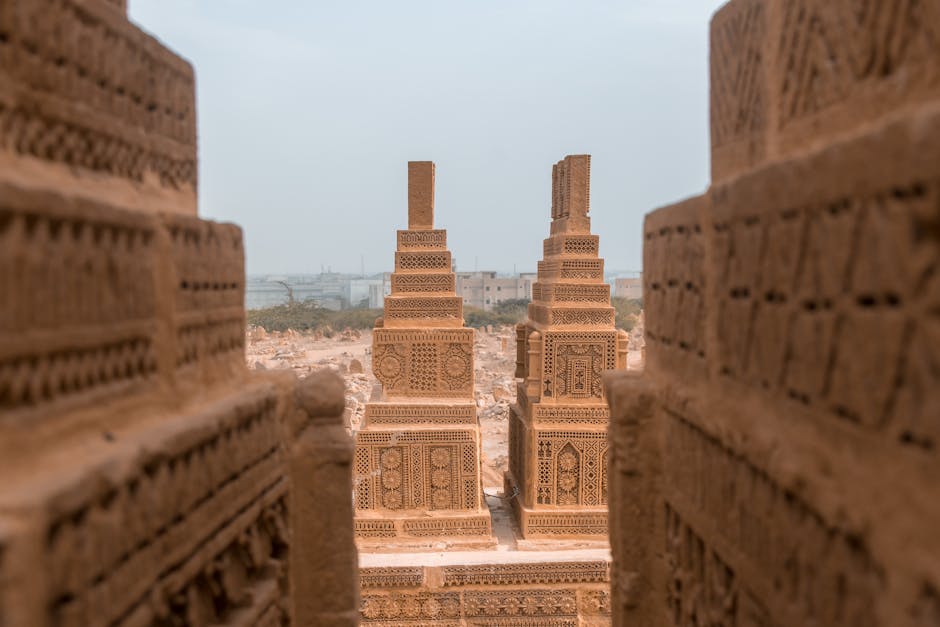
a. When was the national bird of Pakistan declared?

The Chukar Partridge (Alectoris chukar) became Pakistan’s national bird in 1985, declared by General Muhammad Zia-ul-Haq, the President at that time. This designation celebrated Pakistan’s natural heritage.
b. How was the national bird of Pakistan chosen?
The selection process involved considering cultural significance, indigenous species, and symbolism associated with different birds. Among the contenders, the Chukar Partridge emerged as the most fitting choice. It thrives in diverse terrains, symbolizing Pakistan’s geographical diversity. The Chukar Partridge holds cultural significance, appearing in poetry, folklore, and traditional art forms. Choosing it as the national bird aimed to promote awareness of Pakistan’s natural heritage and cultural traditions.
The declaration of the Chukar Partridge as the national bird wasn’t just symbolic. It called for conservation efforts, emphasizing the need to protect not only the Chukar Partridge but also other vulnerable species in Pakistan.
By selecting a national bird that represents both natural and cultural identity, Pakistan fosters national pride and deepens understanding of its ecological and cultural heritage.
Next, let’s explore the species of the national bird of Pakistan in the following section.
3. The Species of the National Bird of Pakistan
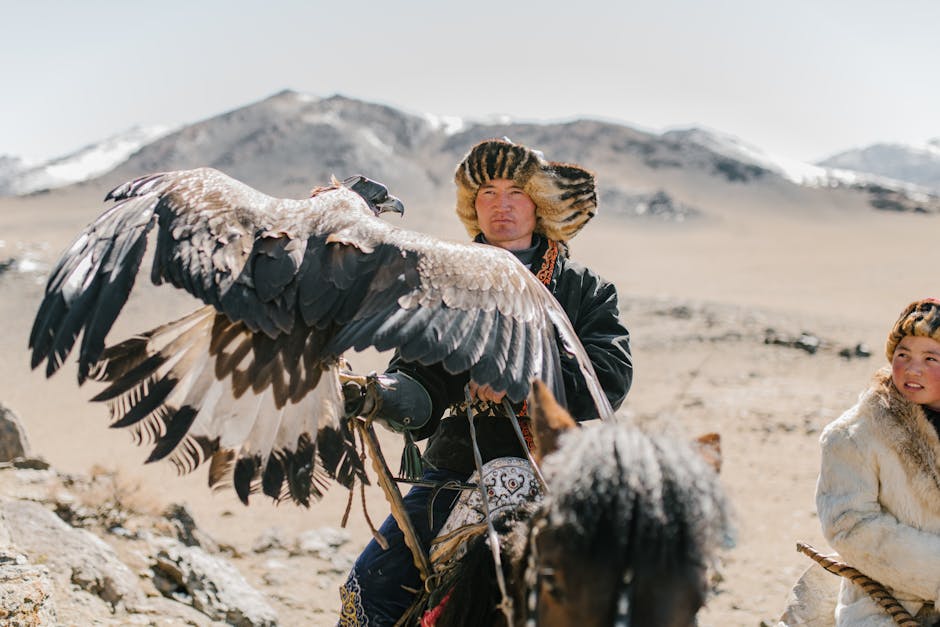
Description and Physical Features

The national bird of Pakistan is the Chukar Partridge (Alectoris chukar), a visually striking medium-sized bird from the family Phasianidae. With its unique combination of colors, the Chukar Partridge stands out in its habitat. It has a greyish-brown back, contrasting with a white belly, and a distinctive black band across its forehead and eyes. The bird’s red beak and legs add a vibrant touch to its appearance.
Measuring approximately 32 to 35 centimeters in length and weighing around 700 to 800 grams, the Chukar Partridge has a compact and rounded body shape. Its short wings enable swift maneuvering through rocky terrains and steep slopes. The bird’s strong legs aid in running and climbing over rugged surfaces.
Behavioral Characteristics

The Chukar Partridge exhibits behavioral characteristics that contribute to its survival and adaptation in its natural habitat. It is typically found in small groups called coveys, providing safety in numbers and allowing for alertness and foraging together. The Chukar Partridge is known for its agile movements, relying on its strong legs for running, climbing, and swift escape from potential threats.
Primarily herbivorous, the Chukar Partridge feeds on seeds, leaves, and various plant matter. Its beak is specifically designed for efficient foraging on the ground, extracting seeds from grasses and shrubs. In addition to its feeding habits, the bird plays a vital role in seed dispersal, contributing to the maintenance of plant diversity within its ecosystem.
4. The Significance of the National Bird of Pakistan
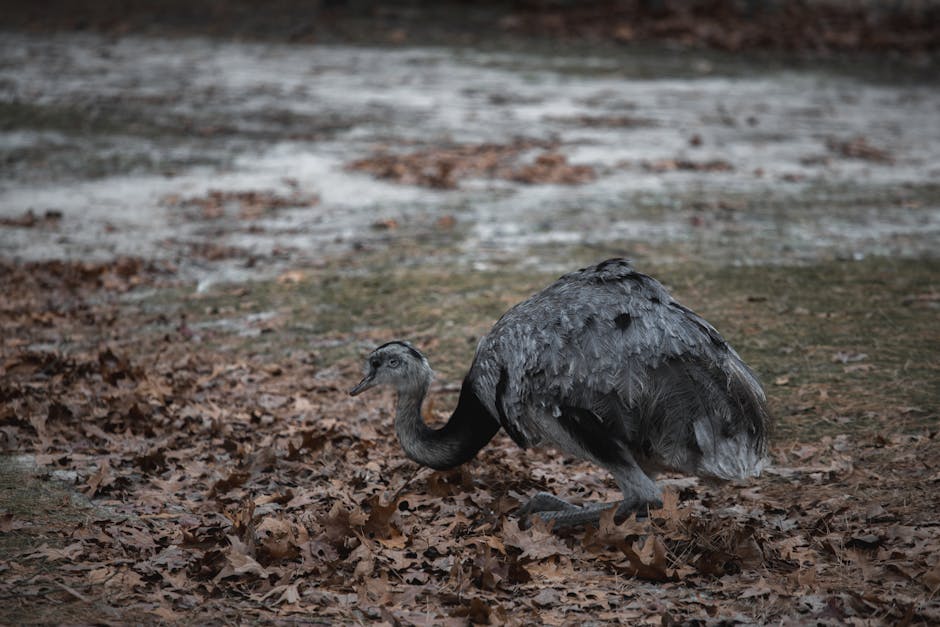
Symbolism and Connection to the Country
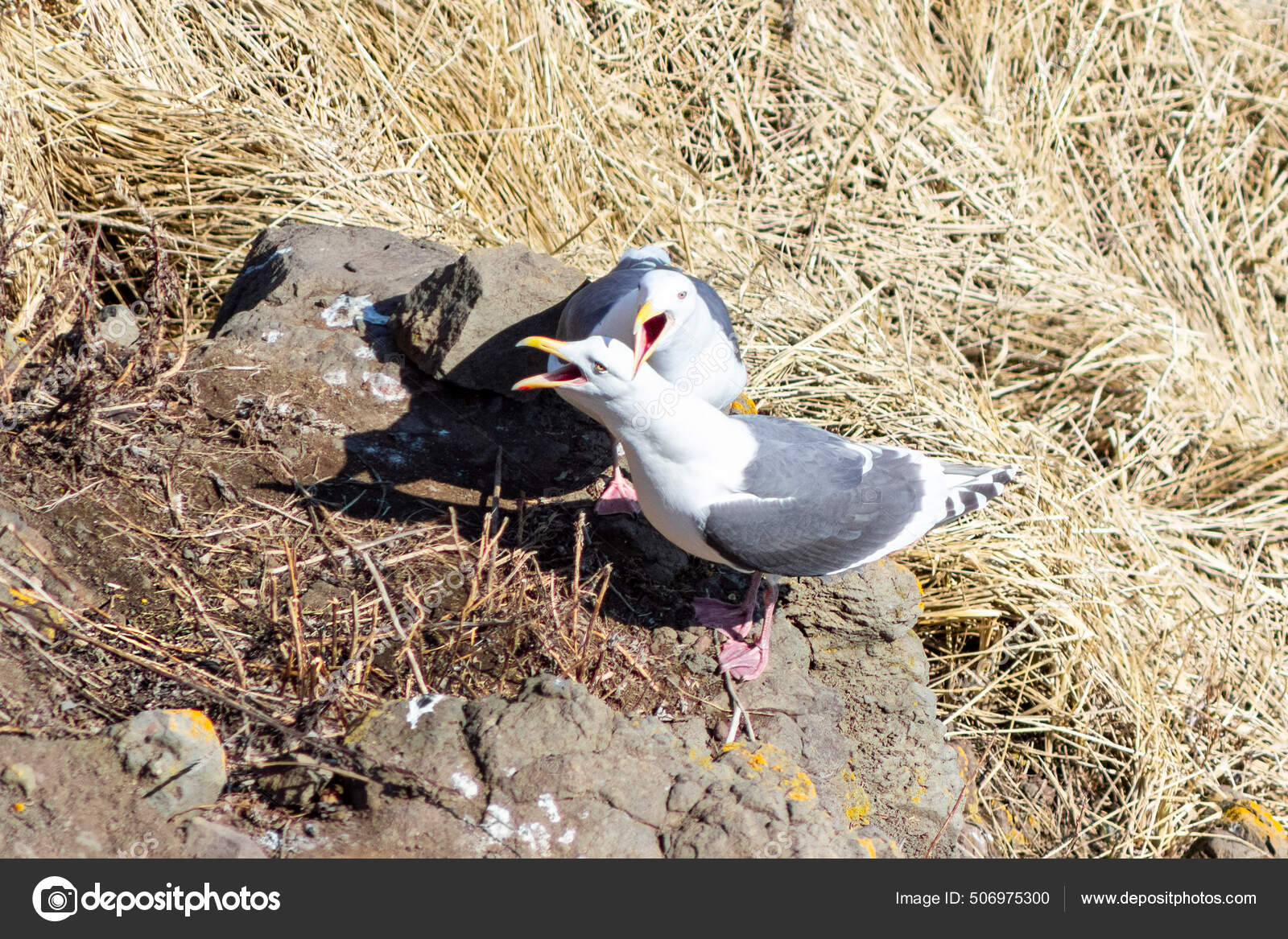
The Chukar Partridge, as the national bird of Pakistan, symbolizes the country’s essence and represents its natural beauty, resilience, and diversity. Endemic to the rocky and hilly regions of Pakistan, the Chukar embodies the spirit of the Pakistani people with its medium-sized stature and proud demeanor. Its captivating plumage reflects the vibrant colors associated with Pakistan’s rich cultural heritage.
The adaptability of the Chukar Partridge to various terrains and harsh environments mirrors the tenacity and perseverance of the Pakistani population. Just as the bird thrives in rocky landscapes, Pakistanis have shown resilience in the face of challenges, embracing diversity and forging ahead in their pursuit of progress.
Importance of Conservation

Conservation efforts for the Chukar Partridge are integral to safeguarding Pakistan’s ecological balance and preserving its diverse wildlife. The bird plays a vital role in seed dispersal, insect control, and maintaining ecological harmony within the country’s ecosystem.
However, the Chukar population faces challenges such as habitat loss, unregulated hunting practices, and disturbance in its natural habitats. Urgent conservation measures are necessary to ensure the bird’s survival. These measures should include habitat preservation, sustainable hunting practices, and public awareness campaigns.
Preserving the Chukar’s natural habitat requires the establishment of protected areas and regulations to prevent encroachment and habitat degradation. Sustainable hunting practices must be promoted, setting responsible limits and educating hunters about conservation. Public awareness campaigns can foster a sense of stewardship, garner support, and encourage active participation in protecting the bird and its habitat.
In conclusion, the Chukar Partridge, as the national bird of Pakistan, holds profound symbolism for the country, representing its natural beauty, resilience, and diversity. Conservation efforts are crucial to safeguard Pakistan’s ecological balance and preserve its wildlife. By understanding and valuing the significance of the national bird, individuals can contribute to the collective responsibility of protecting and cherishing Pakistan’s natural heritage. Let us unite and act now to ensure a thriving future for the Chukar Partridge and the magnificent landscapes it calls home.
Conclusion

The Chukar Partridge, also known as the Chakor, is the national bird of Pakistan, representing the country’s rich natural heritage and cultural symbolism. Its declaration as the national bird in 1985 solidified its significance and enduring presence.
Native to the subcontinent, including Pakistan, India, and Afghanistan, the Chukar Partridge stands out with its plump body, grayish-brown feathers, and distinctive red beak. Its physical beauty reflects the resilience and adaptability that resonates with the people of Pakistan, who admire its tenacity.
Beyond its physical attributes, the Chukar Partridge holds deep historical and cultural significance. It has inspired folk songs, poetry, and literature, symbolizing grace and elegance. This bird embodies the spirit of the nation, representing the Pakistani people’s resilience and determination.
The Chukar Partridge’s cultural importance extends to traditional cuisine, where its meat is highly valued and considered a delicacy. However, the conservation of this national bird is crucial to ensure its survival for future generations.
To protect the national bird of Pakistan, concerted efforts are needed. Raising awareness and educating the public about the Chukar Partridge and its status as the national bird is essential. By sharing knowledge about its significance, individuals can develop a sense of pride and responsibility towards its preservation.
Conservation efforts should focus on preserving the habitats of the Chukar Partridge, including forests, grasslands, and mountainous regions. This involves protecting these natural environments from deforestation, habitat destruction, and encroachment. Supporting organizations and initiatives dedicated to preserving the bird’s population and ecosystems is vital.
Safeguarding the Chukar Partridge also requires responsible hunting practices and the implementation of sustainable hunting regulations. Strict regulations should prevent overhunting and ensure the species’ long-term survival. Collaboration between local communities, government bodies, and conservation organizations is crucial in achieving this.
Encouraging community involvement in birdwatching and conservation activities can foster a connection and appreciation for the Chukar Partridge. Organizing birdwatching events, nature walks, and educational programs can engage the public and promote a deeper understanding of the bird’s behavior, habitat, and conservation needs.
In conclusion, the Chukar Partridge, as the national bird of Pakistan, holds immense historical, cultural, and ecological significance. Its declaration as the national bird in 1985 was a testament to its enduring symbolism and representation of the country’s values. Protecting this bird requires collective action, including awareness campaigns, habitat conservation, responsible hunting practices, and community involvement. By taking these steps, we can ensure the survival of this magnificent bird and preserve Pakistan’s natural heritage for generations to come.
Frequently Asked Questions

Frequently Asked Questions
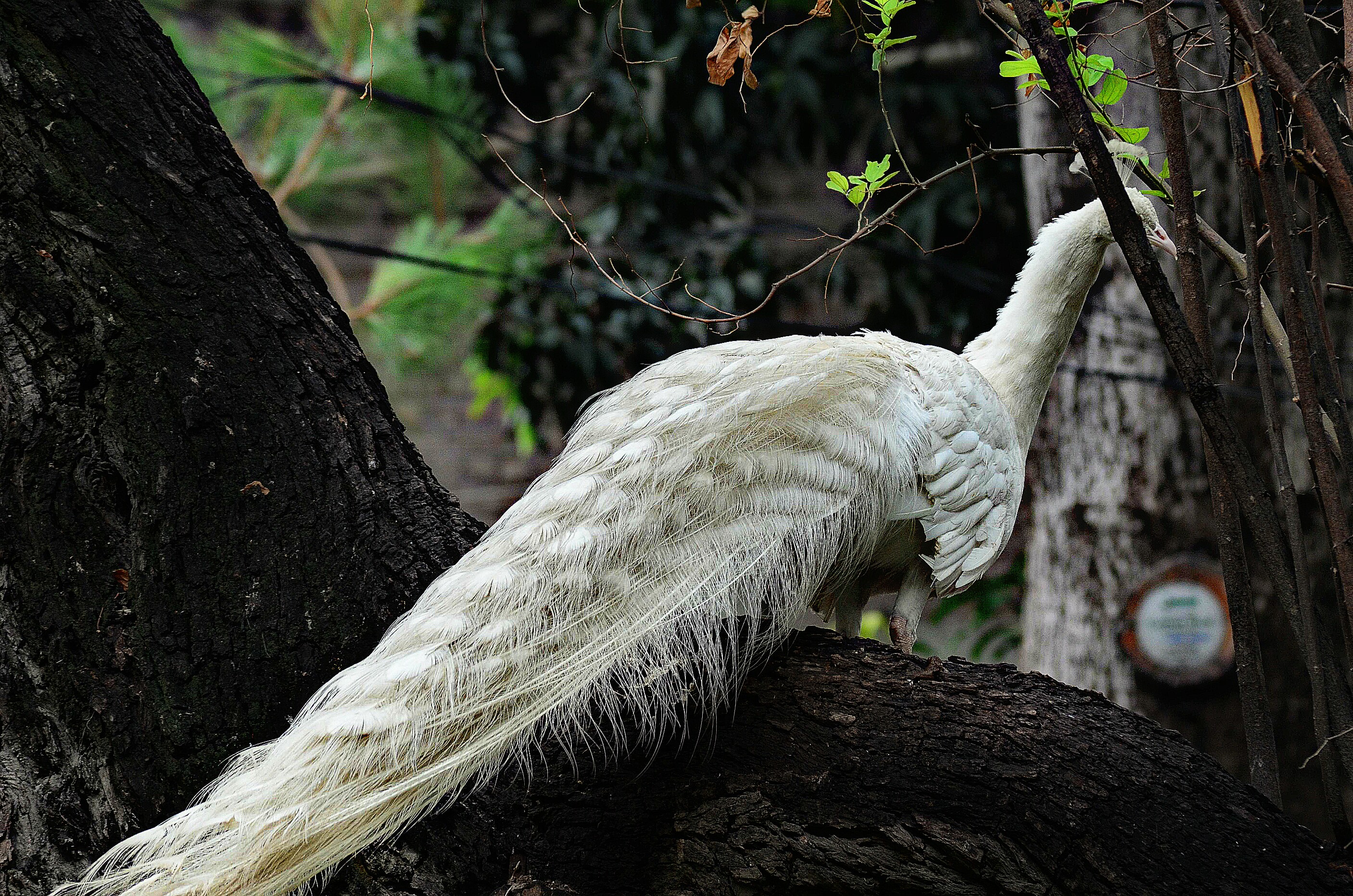
1. What is the national bird of Pakistan?
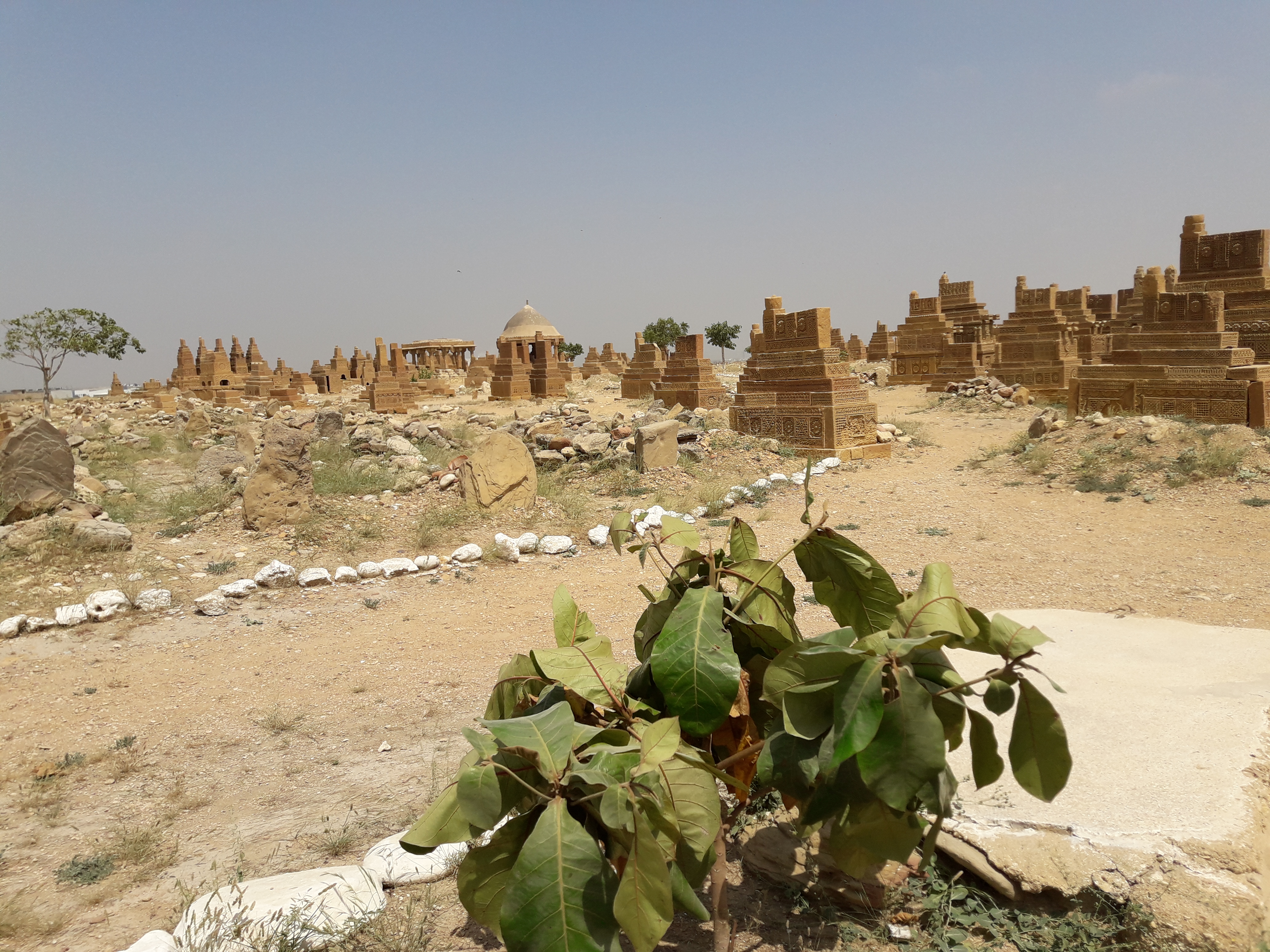
The national bird of Pakistan is the Chukar Partridge (Alectoris chukar). It was declared as the national bird in 1985.
2. How was the national bird of Pakistan chosen?
The selection process for the national bird of Pakistan involved considering cultural significance, indigenous species, and symbolism associated with different birds. The Chukar Partridge emerged as the most fitting choice due to its ability to thrive in diverse terrains and its cultural significance in poetry, folklore, and traditional art forms.
3. What are the physical features of the Chukar Partridge?
![]()
The Chukar Partridge is a visually striking medium-sized bird with a greyish-brown back, white belly, and a distinctive black band across its forehead and eyes. It has a red beak and legs, adding vibrancy to its appearance. It measures approximately 32 to 35 centimeters in length and weighs around 700 to 800 grams.
4. What is the significance of the national bird of Pakistan?
The Chukar Partridge symbolizes Pakistan’s natural beauty, resilience, and cultural diversity. Its adaptability to various terrains mirrors the tenacity of the Pakistani population. The bird holds historical and cultural importance, appearing in folk songs, poetry, and literature.
5. How can we contribute to the conservation of the national bird of Pakistan?

To contribute to the conservation of the Chukar Partridge, individuals can raise awareness about its significance as the national bird and the need for conservation. Supporting organizations and initiatives dedicated to preserving the bird’s population and habitats, promoting responsible hunting practices, and engaging in birdwatching and conservation activities are all impactful ways to contribute to its conservation.
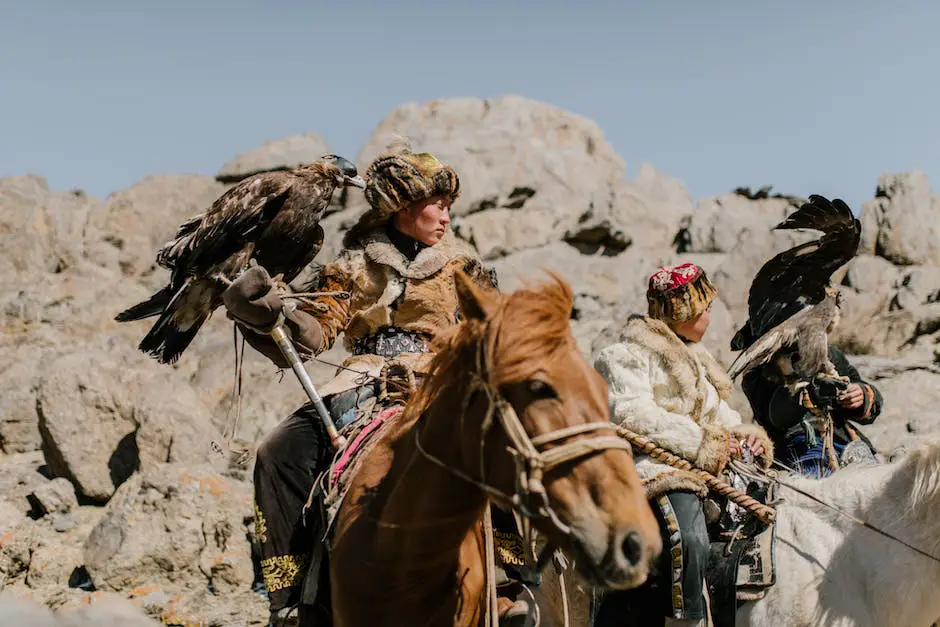
Leave a Reply